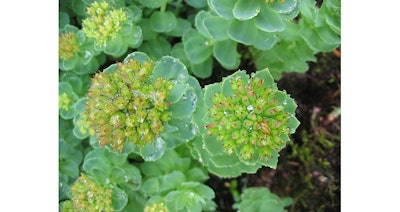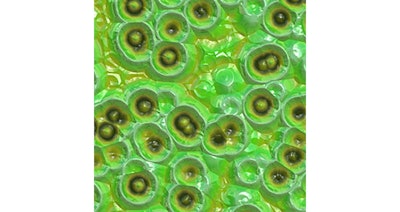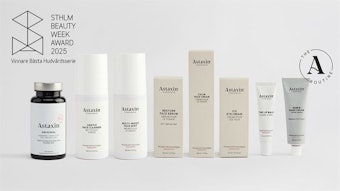
Rosacea impacts more than 45 million women and men globally and remains one of the most misunderstood inflammatory skin diseases, largely due to its fluctuating symptoms. This chronic disorder is typically first noticed as redness on the cheeks, nose, chin or forehead. However, as rosacea progresses, the redness deepens and is often accompanied by other symptoms like sensitivities, burning, stinging, swelling, expanded surface capillaries, papules, pustules and even dilated veins, particularly around the nose. Often misdiagnosed as acne, allergies or eczema, if left untreated, rosacea tends to worsen over time.
While there is no cure for rosacea, you can help clients identify the factors that contribute to flare-ups and intelligent ingredients proven to prevent its progression.

Main Triggers of Rosacea
Early diagnosis is crucial to preventing rosacea from progressing and becoming more difficult to manage. However, because rosacea is so commonly misdiagnosed, many individuals battling it are unaware of factors in their everyday lives that may be contributing to, or exacerbating, flare-ups. The top contributors include:
Environmental elements, such as overexposure to the sun, harsh winds and extreme heat or cold
- Certain food and drinks, especially caffeine, red wine, dairy and spicy foods
- Overheating due to intense exercise, hot showers and spending time in steam rooms
- Emotional stress
- Topical ingredients like fragrances, dyes and certain preservatives
Intelligent Ingredients to Heal Rosacea Skin
Beyond removing the culprits that could be contributing to rosacea progression, there are several important intelligent ingredients that reduce redness, bacteria and inflammation and strengthen the skin from within. These include:
- Retinaldehyde — encapsulated retinaldehyde is a vitamin A derivative that encourages cell regeneration, increases collagen and elastin and fights bacteria.
- Mandelic acid — this powerhouse ingredient helps desensitize the skin, enhance healing, stimulate cell turnover and provide antibacterial and antiseptic support.
- Stem cells — organic stem cells increase antioxidant resistance, inhibit the production of collagenases and provide antioxidant, anti-inflammatory and antibacterial support.
- Sea buckthorn oil — this therapeutic oil containing palmitoleic acid nourishes the skin and promotes tissue regeneration.
- Salicylic acid — a BHA that works as a keratolytic agent to promote cellular turnover and neutralize bacteria within. It also has anti-inflammatory, antiseptic, fungicidal and antioxidant properties.
- Rhodiola — rhodiola rosea root extract provides anti-fatigue, anti-stress and antioxidant actions to protect skin tissues while enhancing cellular immunity.
- Totarol — a naturally derived plant extract, it contains superior antioxidant actions and provides anti-bacterial support.

Omega essential fatty acids and flower extracts also support rosacea skin by providing anti-microbial, nourishing and strengthening benefits.
Although there is no one-size-fits-all solution to heal rosacea skin, with the right education and intelligent ingredients, you will be well-equipped to help your clients leave the redness to the roses this month and beyond.
Disclaimer:
The above paid-for content was produced by and posted on behalf of the Sponsor. Content provided is generated solely by the Sponsor or its affiliates, and it is the Sponsor’s responsibility for the accuracy, completeness and validity of all information included. Skin Inc. takes steps to ensure that you will not confuse sponsored content with content produced by Skin Inc. and governed by its editorial policy.










